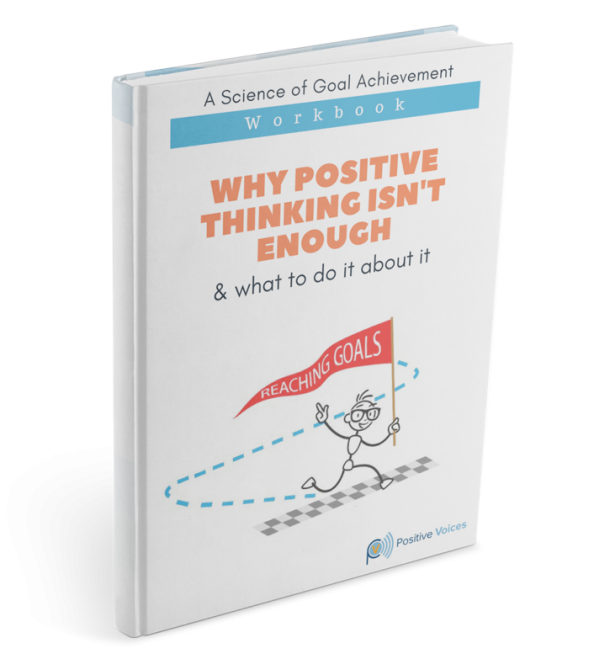 It’s Thanksgiving break. What a time for coming face to face with how things are. Now, I feel like I should share that compared to most of you reading this my Thanksgiving break was unconventional. First, I am Canadian, so I celebrated Thanksgiving in October (please stop laughing. Every time I tell an American this, they laugh, and then they ask me what we’re celebrating [it’s a harvest holiday], and then they ask me what we eat for Canadian Thanksgiving [poutine and maple syrup].). So, aside from a terrific meal with some friends, my Thanksgiving was more of a break than a celebration.
It’s Thanksgiving break. What a time for coming face to face with how things are. Now, I feel like I should share that compared to most of you reading this my Thanksgiving break was unconventional. First, I am Canadian, so I celebrated Thanksgiving in October (please stop laughing. Every time I tell an American this, they laugh, and then they ask me what we’re celebrating [it’s a harvest holiday], and then they ask me what we eat for Canadian Thanksgiving [poutine and maple syrup].). So, aside from a terrific meal with some friends, my Thanksgiving was more of a break than a celebration.
This break brought me face to face with my uncomfortable feeling.
I’ve known what the feeling is from the moment it began: the awareness that I am not focusing enough quality attention on the people and projects that are the most important to me. I know for a fact that I’m not the only one with this feeling. On Wednesday, my friend Donna called me to ask me to write this blog. “Maybe it could be about materialism or something like that,” she suggested.
“Sure,” I said. Donna asked me how I would spend my Thanksgiving break and I told her that I was going to try to take a hard look at how I’m functioning – that I’ve felt like I’m not living in such a way that enables me to invest quality attention in important things. “It’s stressful. I feel almost ill with it,” I told her.
“Me too!” She said. “Maybe you should write your blog about that.” So here we are.
In my attempt to re-prioritize my focus I’ve been reading a new book: “The Life We Are Given,” by George Leonard and Michael Murphy. Both authors are deeply involved with the Esalen Institute, a remarkable institution that focuses on integral psychology in California. The inter-relations between heart, mind, body, and spirit are a prime focus of integral psychology.
Throughout their extensive work involving human functioning and well-being, Leonard and Michaels noticed a consistent phenomenon: directed willing in the form of visualizing personal change that one wishes for oneself followed by surrender to the universe (yes, you got it, surrender to the universe) produced tangible real-life results: “the unlikely marriage of trying and not trying, of zeroing in and letting go” was related to measurable desired change over time.
Leonard and Michaels highlight an experiment conducted by Duane Elgin at Stanford University. In his experiment, Elgin was attempting to move the needle on a magnetometer (a magnetometer tracks changes in the magnetic field around it on a sheet of paper) by intentionality alone. Leonard writes:
“Elgin would stand or sit a few feet from the magnetometer, where he could see the recording device, and would focus all the force of his will on the instrument, trying to influence it and thus make the needle move. He would continue this concentrated effort for twenty to thirty minutes, watching the needle trace almost a straight line – but with no results. Finally, exhausted and exasperated, he would say to himself, “I give up.” At that moment, the needle would start indicating a change in the magnetic field. These changes were by no means insignificant. In some of Elgin’s exercises, the needle went entirely off the scale; to get such results by normal means would take a force estimated to be one thousand times stronger than that of the earth’s magnetic field.”
Leonard coined the term for this practice “Focused Surrender,” which he developed into an exercise. Here are the steps: lie on your living room floor (ah, now that part makes sense!). Take some slow breaths where you bring the air into your nose through your nostrils and then you let it pass through your lips silently and very consciously. Then, wait for your natural impulse to inhale. With this method of breathing you are enlisting both voluntary and involuntary processes – both personal will and surrender. Now, bring to mind a personal change that you would like to see for yourself six months from now. Envision it vividly, and feel the emotions that you would feel if the change became a reality. Once your vision becomes vivid, hold your left hand in the air, and as long as you can maintain the vision keep it there. Once you can no longer maintain the vision, simply give up and let your hand fall to your abdomen. Lie in a state of graceful acceptance of whatever may be.
Does this sound crazy to you? All I can say is that now that I’m doing it I feel better. My discomfort is gone.
I got up off the floor and carved out some time for some projects that are important to me, and I made a commitment to protect the time. But, the shift I want to share with you the most is that some emotional life that had died, some vision, some hope, from some dreams that mean a lot to me, stirs within me.
It’s Sunday. I began this on Friday. It’s helping me. I hope it helps you.

